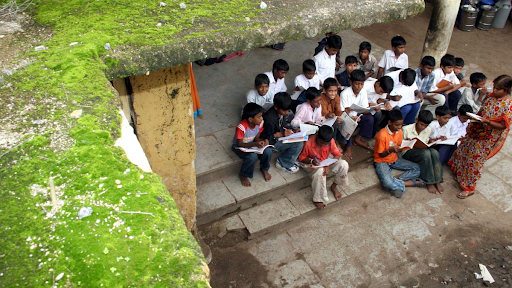



The Supreme Court has proposed temporarily appointing retired judges to handle pending criminal cases in several High Courts. These appointments can only be made if less than 20% of vacancies are unfilled, the High Court has vacancies exceeding 20% of its sanctioned strength, and more than 10% of cases are over 5 years old.

Copyright infringement not intended
Picture Courtesy: Indian Express
The Supreme Court suggested temporarily appointing retired judges on an ad hoc (as required) basis to address the growing backlog of pending criminal cases before several High Courts.
Article 224A allows the Chief Justice of a High Court to request retired judges to resume their duties as ad hoc judges, with the prior consent of the President of India. The judges appointed under this provision have full jurisdiction, powers, and privileges but are not considered permanent judges.
According to the 1998 Memorandum of Procedure (MOP), once a retired judge agrees to an appointment, the Chief Justice of the High Court forwards the judge's name and appointment details to the state's Chief Minister.
In the 2021 Lok Prahari case, the Supreme Court ruled that the recommendation for ad hoc judge appointments must go through the Supreme Court's collegium, which consists of the Chief Justice of India and two senior-most judges. The Court also set guidelines for initiating the appointment process.
The Supreme Court stated that ad hoc judges can only be appointed if:
The Court recommended that each Chief Justice should maintain a panel of retired or soon-to-retire judges for potential ad hoc appointments. These judges should generally be appointed for 2-3 years, with 2-5 ad hoc judges per High Court. The appointments should be subject to periodic reviews.
The Supreme Court has noted only three recorded instances of ad hoc judge appointments under Article 224A:
Since the 2021 decision, there have been no further recorded appointments of ad hoc judges.
Must Read Articles:
PENDENCY OF COURT CASES IN INDIA
Source:
|
PRACTICE QUESTION Q.Examine the role of Alternative Dispute Resolution (ADR) mechanisms in reducing pendency in courts. 150 words |






© 2025 iasgyan. All right reserved